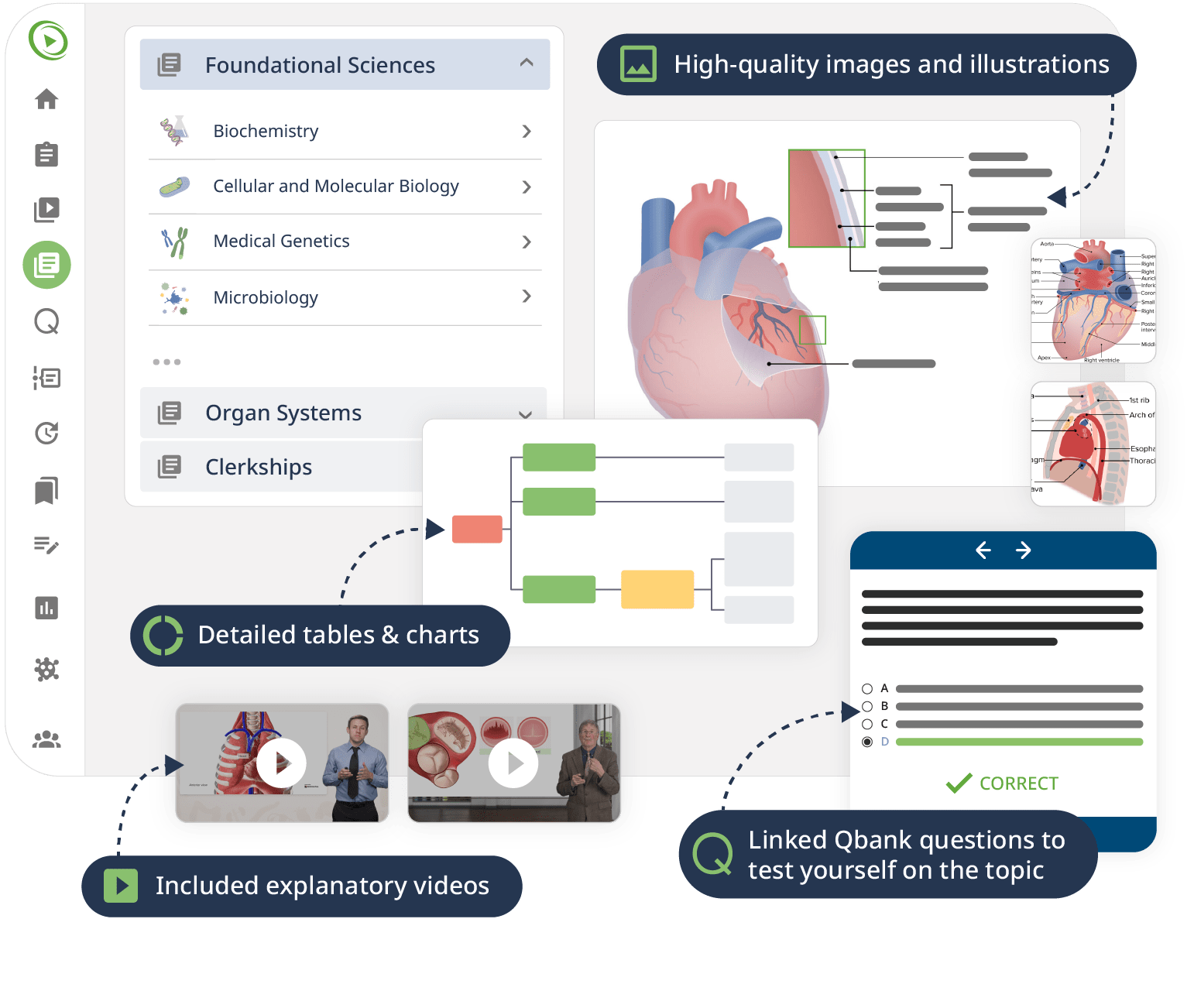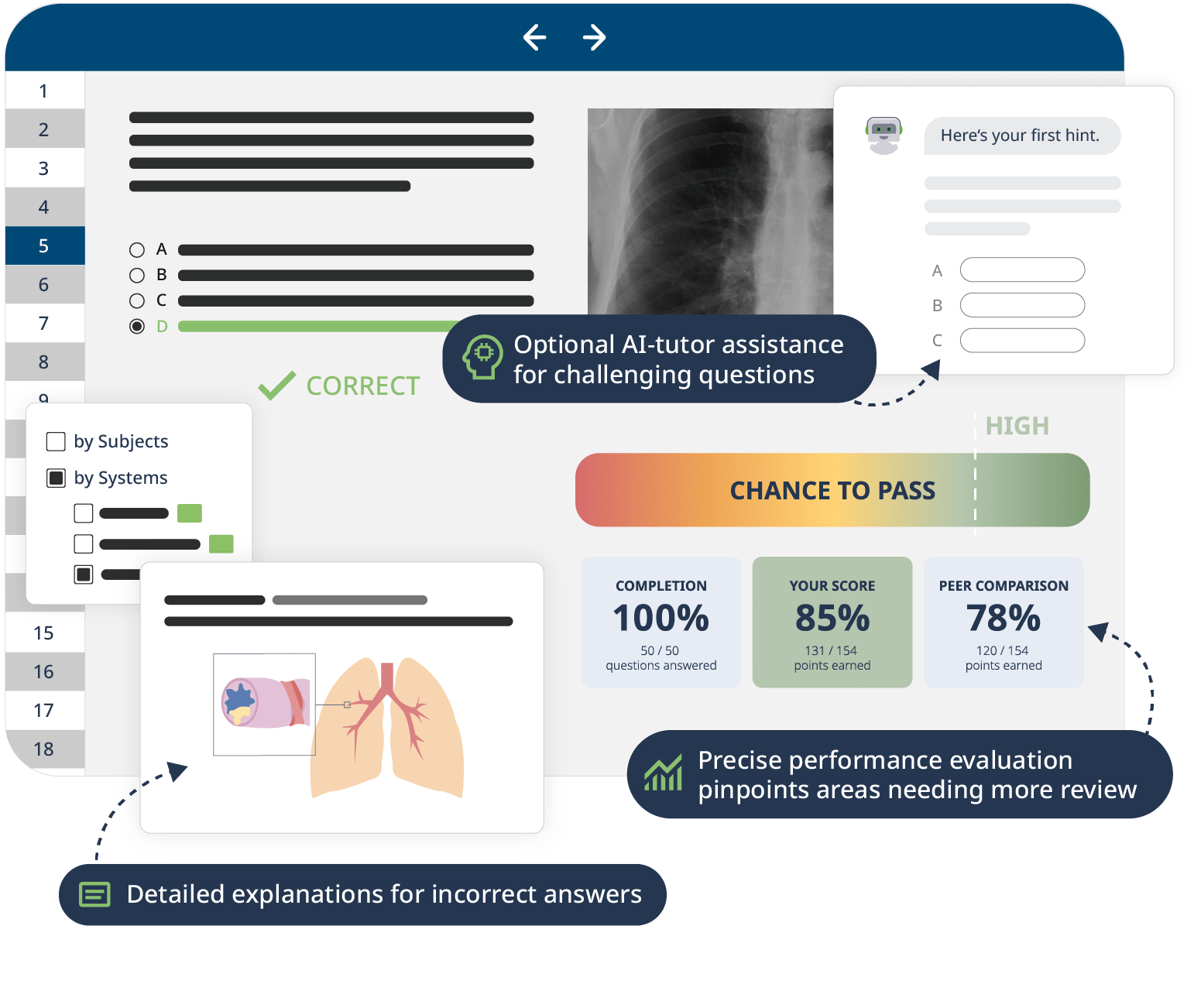Start your online biochemistry course
with Dr. Kevin Ahern from Oregon State University
Biochemistry is the basis of all metabolic processes and is a requirement for a deeper understanding of physiology, microbiology, and pharmacological topics. Learning about the chemical processes and substances that occur within living organisms can be overwhelming at first.
This course covers all key areas of biochemistry, including enzymes and enzyme kinetics, amino acid metabolism, vitamins, hormones and signal transduction, RNA and DNA, carbohydrate metabolism, metabolic control, lipid metabolism, and purine and pyrimidine metabolism. Professor of Biochemistry Dr. Kevin Ahern, PhD, systematically walks you through the topics and uses his extensive teaching experience to help you not just remember, but understand.
The combination of Video Lessons with interactive quiz questions, downloadable study materials, and a USMLE-style Qbank makes it easy to understand and retain the topics. By the end of this course, you will have a solid foundation in biochemistry, be well-prepared for your exams and for further learning.


















